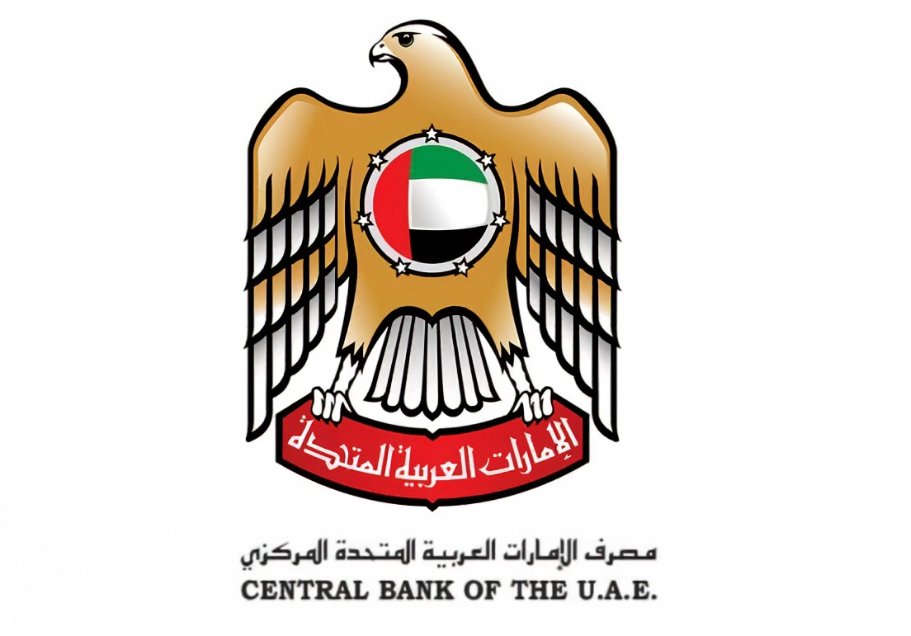Government-Backed Financing Guarantees: New Opportunities for China's SMEs and Rural Enterprises
Small and Medium-sized Enterprises (SMEs) have always been crucial to China's economy, but financing has remained a challenge, particularly in rural areas where access to capital is limited. Government-backed financing guarantees are emerging as a vital solution, helping these enterprises gain access to much-needed capital and fostering new growth opportunities.
Financing Assurance for SMEs
For years, Li Shiji, the owner of a wheat milling enterprise in Shenyang, faced difficulties securing loans due to a lack of collateral. However, thanks to a local financing guarantee partnership, Li was able to secure a 5 million RMB loan, which allowed him to scale up production and improve his market position.
These government-backed financing guarantee tools are specifically designed for SMEs, especially in rural sectors. By offering models that don’t require traditional collateral, the government has lowered financing barriers, allowing SMEs to access loans more easily and partner with financial institutions that offer market-oriented solutions.
A Public Welfare Solution
The key goal behind government-backed guarantees is to provide SMEs, particularly those in rural areas, with better credit access and risk-sharing services. Unlike commercial banks, which focus on profit, financing guarantee institutions prioritize public welfare. They offer loans at lower costs and fees, enabling businesses to grow even without traditional collateral.
China's financing guarantee system has developed into a comprehensive structure, covering cities and counties nationwide. As of March 2025, the National Financing Guarantee Fund had supported 5.81 trillion RMB in loans for nearly 5 million SMEs, 99% of which were micro or rural enterprises. This system has significantly lowered financing costs, supporting businesses in their growth and development.

Employment Support
These financing guarantee policies also provide vital support for employment. As of March 2025, the policies had helped guarantee loans totaling 43 billion RMB for 16 industrial clusters at the county level, stabilizing about 3,800 jobs. This is especially important for rural areas, where SMEs play a critical role in job creation.
According to He Daixin, a financial expert, government-backed guarantees have become essential tools for macroeconomic stabilization. By helping SMEs, they support employment and bolster local economies, cushioning them against external economic shocks.
A Growing Regulatory Framework
Despite the success of the system, challenges remain. Issues such as unclear roles for guarantee institutions and concerns about sustainability have prompted regulatory updates. In February 2025, China introduced new operational guidelines for financing guarantee institutions, effective March 1, 2025. These guidelines call for broader support to businesses impacted by external factors and require financing institutions to ensure employment stability. These changes aim to make guarantee programs more effective and reach a wider range of enterprises.
The new regulations also emphasize greater transparency and accountability for financing institutions, ensuring alignment with public welfare and national development goals. The goal is to prevent over-reliance on government support while ensuring that loans are directed to businesses that truly need them.
Long-Term Trends
China's efforts to support SME financing have evolved into a comprehensive system, with the National Financing Guarantee Fund at its core. As of March 2025, this fund had facilitated 5.81 trillion RMB in loans, benefiting millions of SMEs. Over 98% of the funds were allocated to micro and small businesses, particularly in rural areas.





















































First, please LoginComment After ~